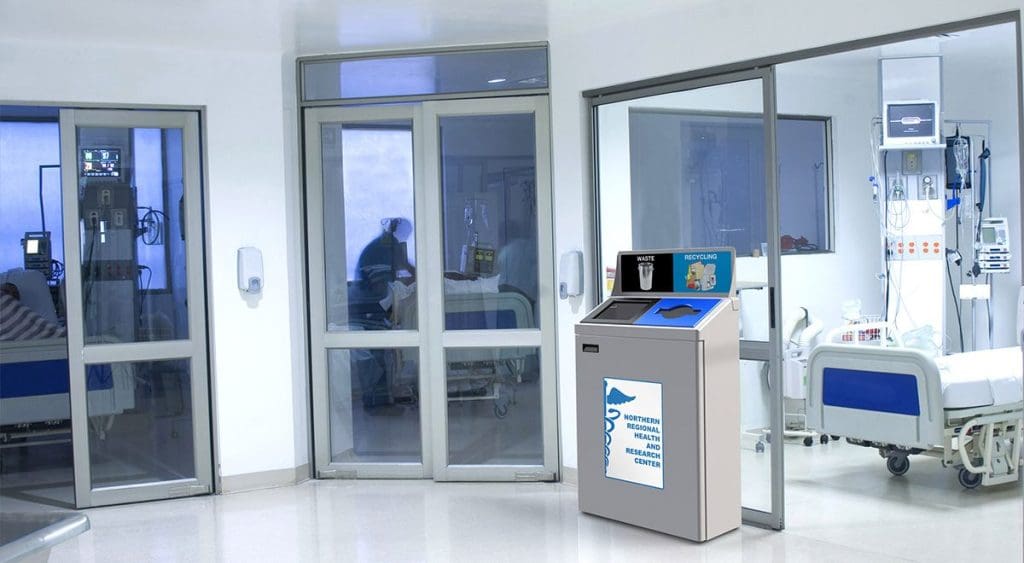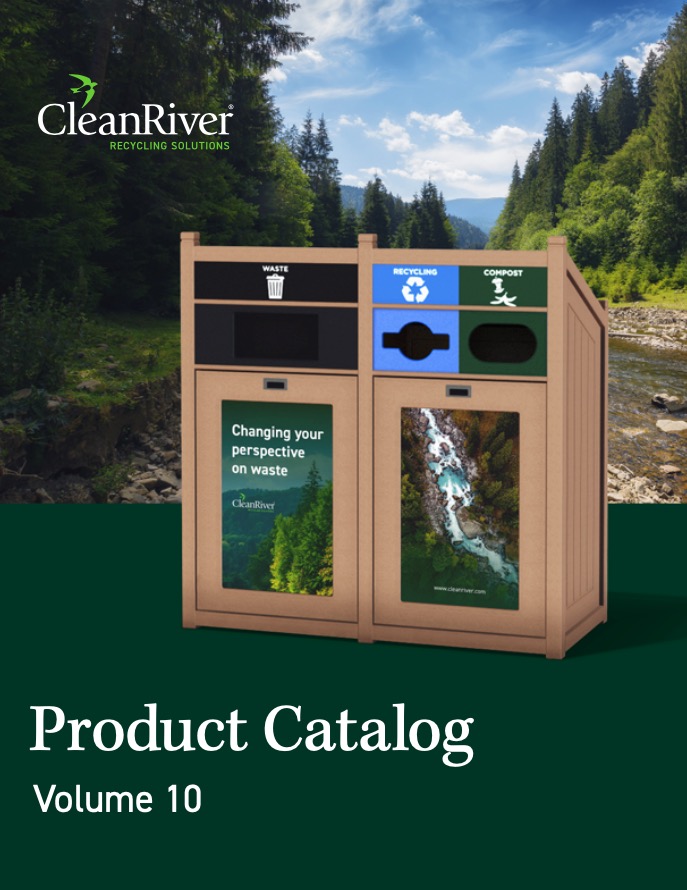Share
Did you know that if your stream contamination exceeds your waste hauler’s acceptable level then your collected recycling content will be considered non-recyclable and tossed in with the garbage – not good news!
Each waste hauler will accept different levels of contamination in recycling which varies from 0 – 15%, there is no industry standard, so you’ll need to check your current contract to see what your waste hauler’s accepted level of contamination is.
Stream contamination is caused by any item in your recycling container that shouldn’t be there because it can’t be recycled. Examples of this are plastic grocery bags, food waste, napkins, plastic food baggies and Styrofoam to name a few.*
So what can you do to prevent this from happening?
Culture:
Make sure everyone in the organization is onboard with your recycling program including your custodial staff.
Nothing discourages employee participation quicker than seeing a custodian toss the contents of a desk side recycling bin in with the waste!
Communication:
To prevent your recycling efforts from going to waste make sure you keep communicating the program throughout your organization.
When the program first kicks off people are gung-ho about making a positive impact on the environment but over time recycling participation can wane.
Make sure you send monthly communications to remind everyone of the importance of your recycling program with reminders of what is considered recyclable in your area.
Have clearly defined graphics that tell the user which items can be recycled e.g. images of water bottles, newspapers, soda cans, plastic salad containers etc. things that visually connect your users to what they might be putting in the trash by mistake.
Collection:
Place your recycling bins at central strategic locations to make it easy for people to deposit their waste in the right stream.
Have disposal strategies for items that do not belong in either waste, recycling or compost e.g. batteries, plastic grocery bags and electronics by having a central collection area that is also well communicated.
At CleanRiver we have an e-waste collection box in our lunchroom so that it is easily accessible to staff and we also remind employees of the program at our monthly communication meetings.
It is unlikely that your recycling stream will ever be 100% contaminant free but through strategic communication and continual program reminders you will be able to meet your waste hauler’s requirements and contribute to a better environment by keeping waste out of landfill.
*Check local municipality websites for complete listings of what is recyclable in your area.
For more information on reducing recycling stream contamination read our case study that shows how a High school in Ontario increased their diversion rates by using instructional graphics and specific recycling containers that support multiple streams.





